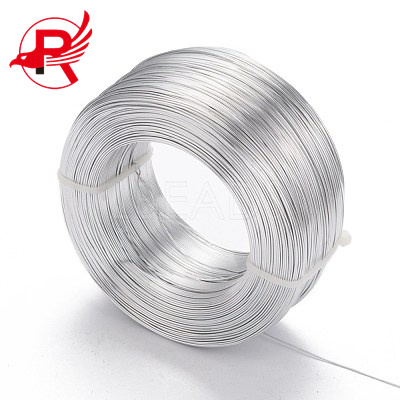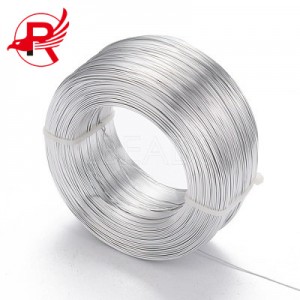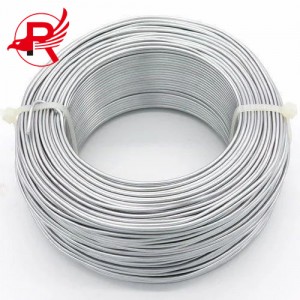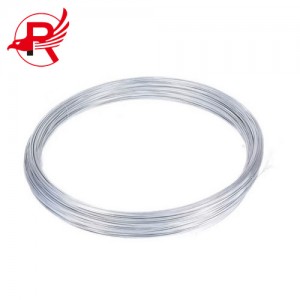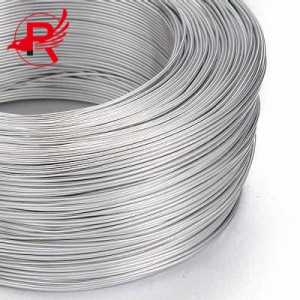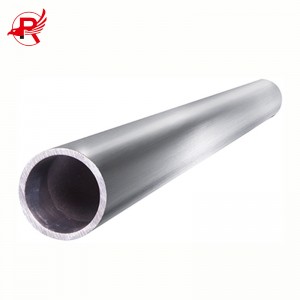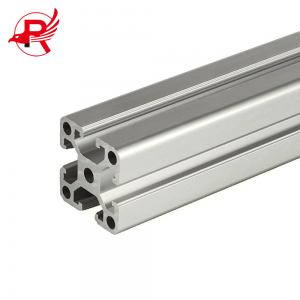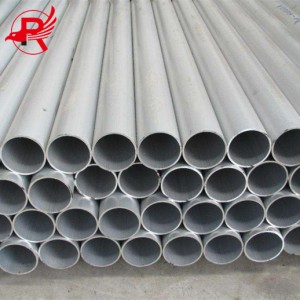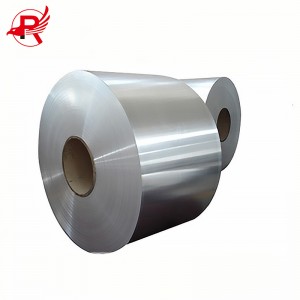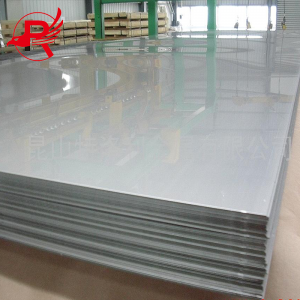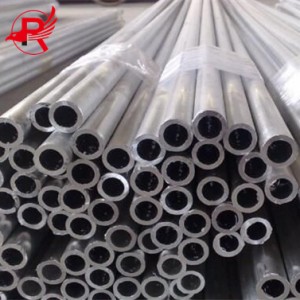Femethekiso 1.6mm 500meter Stranded Mohala oa Motlakase Bakeng sa Tšireletso Fense terata aluminium terata
Lintlha tsa Sehlahisoa
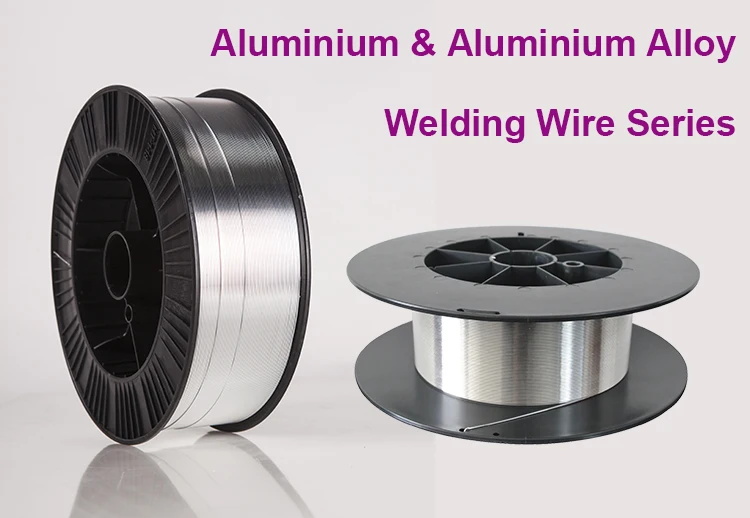
terata ea aluminium hangata e hlahisoa ka mokhoa o bitsoang continuous casting, moo aluminiamo e qhibilihisitsoeng e ntseng e tšeloa ka har'a hlobo ho etsa terata e tiileng. E ka boela ea hlahisoa ke extrusion, moo aluminium e qobelloang ka lefu le bōpehileng ho etsa terata e nang le sebopeho se itseng sa sefapano.
E 'ngoe ea melemo ea bohlokoa ea terata ea aluminium ke boima ba eona bo bobebe ha bo bapisoa le terata ea koporo. Sena se etsa hore ho be bonolo ho sebetsana le ho tsamaisa, hape ho fokotsa boima ba kakaretso ea lisebelisoa tsa motlakase. Ho phaella moo, mohala oa aluminium o na le motlakase o motle oa motlakase, le hoja o le tlase hanyenyane ho feta oa koporo.
Mohala oa aluminium o sebelisoa hangata lits'ebetsong tse fapaneng tsa motlakase, ho kenyeletsoa likhoele tsa bolulo le tsa khoebo, lits'ebetso tsa kabo ea motlakase, li-motors tsa motlakase, li-transformer le likhoele tsa phetisetso ea matla a holimo. E ka boela ea fumanoa liindastering tse ling tse kang tsa mehala ea puisano, likoloi, lifofane, le kaho.
Leha ho le joalo, ho bohlokoa ho hlokomela hore terata ea aluminium e na le lisebelisoa tse fapaneng tsa motlakase le tsa mochini ha li bapisoa le terata ea koporo. E na le khanyetso e phahameng ea motlakase, e ka bakang tahlehelo e eketsehileng ea ho hanyetsa le ho hlahisa mocheso. Ka hona, mekhoa le menahano e nepahetseng ea ho kenya li lokela ho lateloa ho netefatsa ts'ebeliso e bolokehileng le e sebetsang ea terata ea aluminium lits'ebetsong tsa motlakase. Tsena li ka kenyelletsa ho sebelisa li-gauge tse kholoanyane, ho sebelisa likhokahano tse etselitsoeng terata ea aluminium ka ho khetheha, le ho sebelisa sekontiri se nepahetseng le ho emisa ho fokotsa likotsi tse amanang le litšobotsi tsa terata ea aluminium.
LITŠOANTŠISO TŠA ALUMINIUM terata
| Hlahisa lebitso | Aluminium tube |
| Lintho tse bonahalang | Anodized Aluminium |
| Boholo | Dia 1.0/1.5/2.0/2.5/3/4-6mm,Ka kopo ikopanye le rona bakeng sa boholo ba tloaelo |
| MOQ | 100 |
| Tšebeliso ea Sehlahisoa | E ntle bakeng sa ho etsa likarolo tsa mabenyane a phuthetsoe ka terata |
| Tefo | Tefo ea Alibaba, T/T, western union, moneygram joalo-joalo. |
| Diameter | 0.05-10 limilimithara |
| Surface Finish | E entsoe ka borashe, e bentšitsoe, e felletsoe ke leloala, e koetsoe ka motlakase, e phatlohile ka lehlabathe |
| Sephutheloana se tloaelehileng | Lipalete tsa lehong, Likheeshe tsa lehong kapa ho latela likopo tsa moreki |
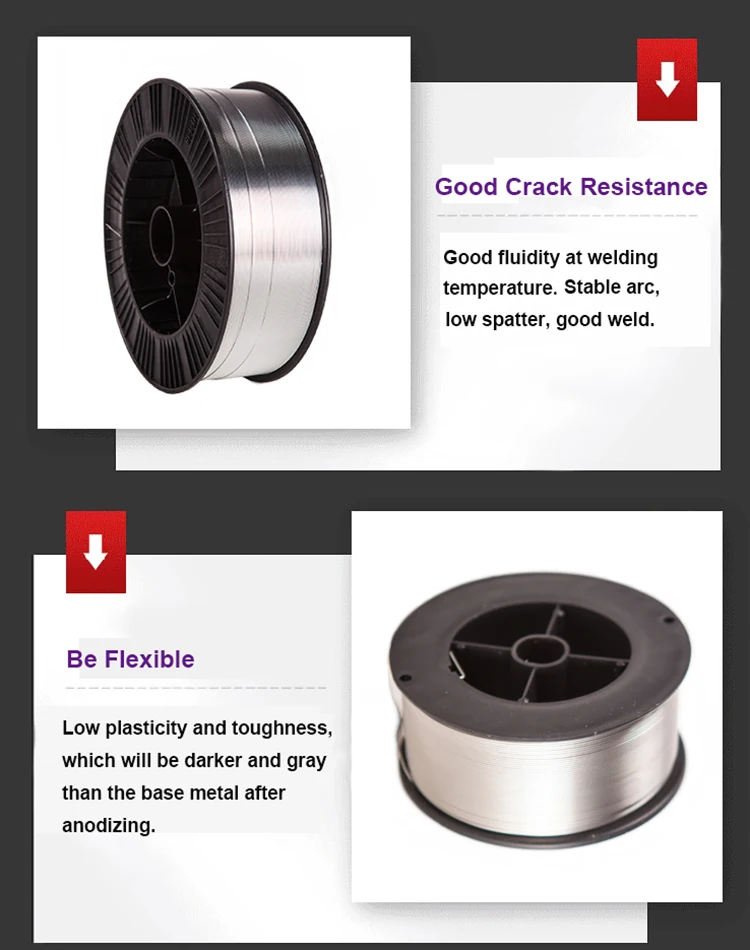
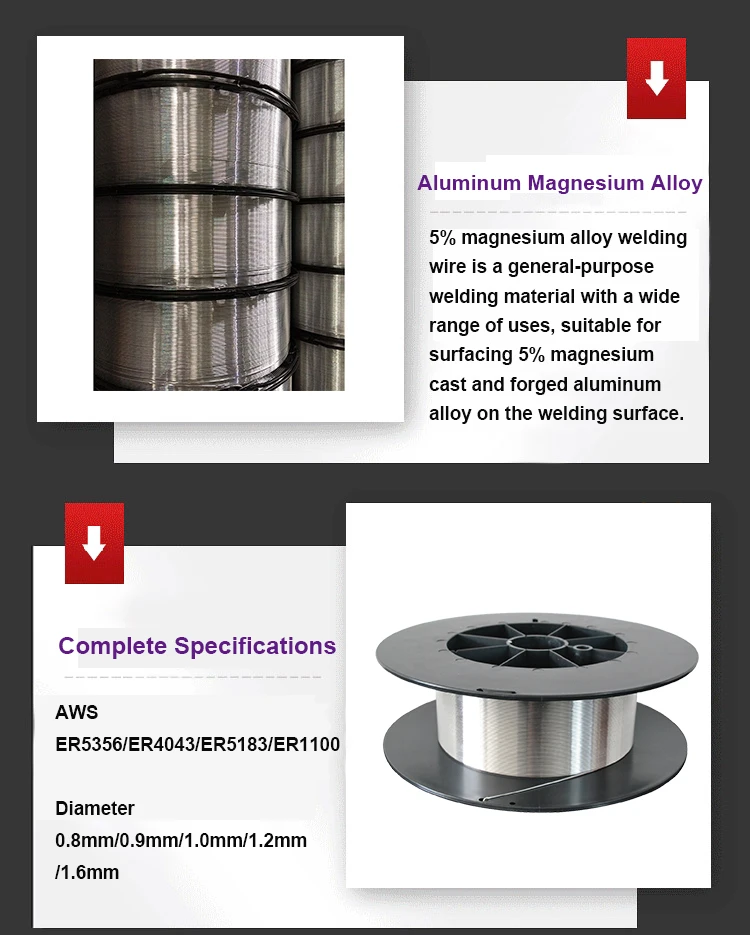
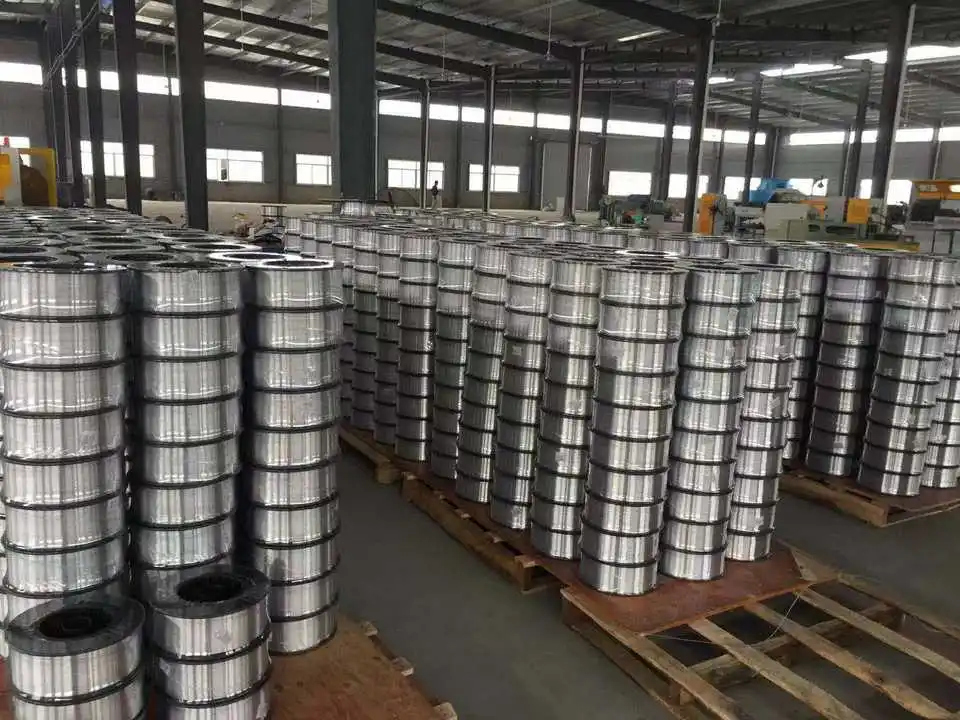
TS'ELISO TS'ELISO
Aluminium terata e na le mefuta e mengata ea lisebelisoa ho pholletsa le liindasteri tse fapaneng. Mona ke lisebelisoa tse ling tse tloaelehileng tsa terata ea aluminium:
Motlakase oa Motlakase: Mohala oa aluminium o atisa ho sebelisoa litsing tsa motlakase tsa bolulo, tsa khoebo le tsa indasteri. E ka sebelisoa bakeng sa kabo ea matla, mabone, le lithapo tse akaretsang.
Methapo ea Phetiso ea Matla a Holimo: Mohala oa aluminium o atisa ho sebelisoa bakeng sa lithapo tsa phetisetso ea matla a holimo le ho ajoa ka lebaka la boleng ba eona bo phahameng, boima bo bobebe le theko e tlase.
Motlakase oa Motlakase: Mohala oa aluminium o sebelisoa haholo kahong ea li-motors tsa motlakase, ho kenyelletsa le li-motor bakeng sa mechini ea indasteri, lisebelisoa le likoloi.
Transformers: Ho sebelisoa terata ea aluminium likhoeleng tse tsoelipanang tsa li-transformer, e leng likarolo tsa bohlokoa tsamaisong ea matla a motlakase bakeng sa ho nyolla kapa ho theola motlakase.
Lithapo le Li-conductors: Ho sebelisoa terata ea aluminium ha ho etsoa mefuta e sa tšoaneng ea lithapo le li-conductors, ho akarelletsa le lithapo tsa motlakase, lithapo tsa ho laola le lithapo tsa coaxial.
Mehala ea puisano: Mohala oa aluminium o sebelisoa mecheng ea likhokahano, ho kenyeletsoa mehala ea mohala le likhoele tsa marang-rang.
Indasteri ea Likoloi: Mohala oa aluminium o sebelisoa likarolong tse fapaneng tsa motlakase tsa makoloi, ho kenyeletsoa lithapo tsa likhoele, lihokelo le lisensara.
Kaho: Mohala oa aluminium o sebelisoa lits'ebetsong tsa kaho joalo ka litsamaiso tsa likhoele tsa motlakase, meaho ea HVAC (ho futhumatsa, moea le moea o futhumatsang moea) le lisebelisoa tsa mabone.
Sefofane le Sefofane: Mohala oa aluminium o sebelisoa kahong ea lifofane le lifofa-sebakeng ka lebaka la boima ba eona bo bobebe le matla a holimo ho isa ho boima ba 'mele.
Mekhabiso le Lisebelisoa tsa Bonono: Mohala oa aluminium o sebelisoa ke baetsi ba litšoantšo le litsebi tsa mesebetsi ea matsoho bakeng sa ho etsa litšoantšo tse betliloeng, mabenyane le lintho tse ling tse khabisang ka lebaka la ho se be bonolo le ho bōptjoa habonolo.
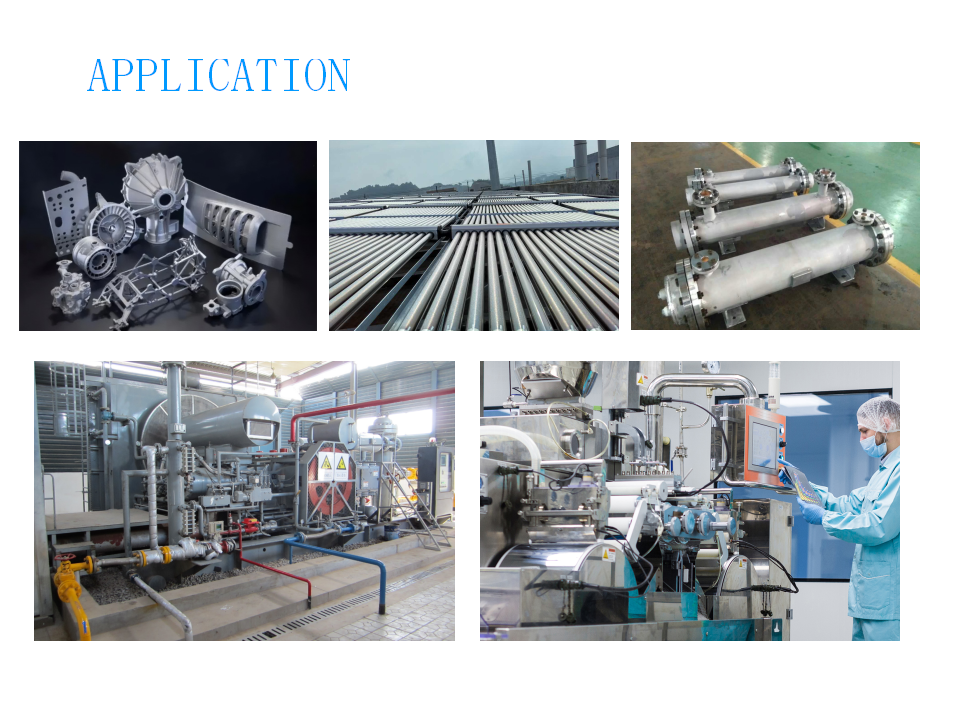
Packaging & Shipping
Packaging ka Bongata: Bakeng sa mohala o moholo oa aluminium, liphutheloana tse ngata li sebelisoa hangata. Sena se kenyelletsa ho kopanya terata hammoho le ho e tiisa ka lithapo tsa polasetiki kapa tsa tšepe. Mohala o kopantsoeng o ka behoa holim'a liphalete bakeng sa ho sebetsana le ho tsamaisa habonolo.
Li-reels kapa Spools: Hangata mohala oa aluminium o kenngoa holim'a li-reel kapa li-spools bakeng sa ho fana le ho boloka habonolo. Hangata terata e tlamisoa ka thata 'me e sirelelitsoe ka maqhama kapa likotoana ho thibela ho rarolloa. Li-reel kapa li-spools li ka etsoa ka polasetiki, lehong kapa tšepe, ho itšetlehile ka boholo le boima ba terata.
Likhoeli kapa Likhoeli tse ka Mabokoseng: Mohala oa aluminium o ka kopanngoa ebe oa siuoa e le likhoele tse hlephileng kapa oa kenngoa ka mabokoseng bakeng sa tšireletso e eketsehileng. Ho khoaela ho thusa ho fokotsa ho hohlana le ho etsa hore terata e sebetse habonolo. Li-coil li ka tiisoa ka maqhama kapa lihlopha ho li boloka li le teng.
Sephutheloana sa Reel-less: Barekisi ba bang ba fana ka likhetho tsa ho paka tse se nang li-reel moo terata ea aluminium e kenngoeng ka likhoele ntle le ho sebelisa li-spools tsa setso kapa li-reel. Mokhoa ona o fokotsa litšila tsa ho paka 'me o lumella ho boloka le ho romela thepa ka tsela e atlehileng haholoanyane.
Sephutheloana se Sireletsang: Ho sa tsotelehe mokhoa oa ho paka o sebelisitsoeng, ho bohlokoa ho netefatsa hore ho nkuoa mehato e nepahetseng ea ts'ireletso. Sena se ka kenyelletsa ho sebelisa matsoho a polasetiki kapa a foam ho pota-pota terata ho sireletsa khahlanong le mengoapo le tšenyo nakong ea lipalangoang. Ho feta moo, ho sebelisa lisebelisoa tse tiileng tsa ho paka tse ka ntle joalo ka mabokose a khateboto kapa mabokose a ka fana ka tšireletso e eketsehileng.




